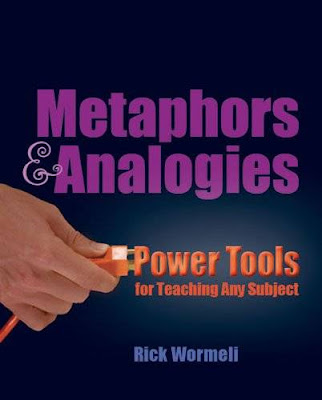In Scott O'Dell's Island of the Blue Dolphins
Like two giants they crashed against each other. They rose high in the air, bending first one way and then the other. There was a roar as if great spears were breaking in battle and in the red light of the sun the spray that flew around them looked like blood.
Slowly the second wave forced the first one backward, rolled slowly over it, and then as the victor drags the vanquished, moved in toward the island.
The wave struck the cliff. It sent long tongues streaming around me so that I could neither see nor hear. The tongues of water licked into all the crevices, dragged at my hand and at my bare feet gripping the ledge. They rose high above me on the face of the rock, up and up, and then spent themselves against the sky and fell back, hissing past me to join the water rushing on toward the cove.
Slowly the second wave forced the first one backward, rolled slowly over it, and then as the victor drags the vanquished, moved in toward the island.
The wave struck the cliff. It sent long tongues streaming around me so that I could neither see nor hear. The tongues of water licked into all the crevices, dragged at my hand and at my bare feet gripping the ledge. They rose high above me on the face of the rock, up and up, and then spent themselves against the sky and fell back, hissing past me to join the water rushing on toward the cove.
What's interesting to me is that in the first two paragraphs of this selection from Chapter 27, weather is described in terms of giant warriors locked in combat. How many of us have read war novels where the armies and the conflicts were described in terms of fierce storms? Why are these two phenomena so often metaphorically linked?
In addition to the metaphors, of course, we also have the somewhat serpentine alliteration and onomatopoeia of the third paragraph, suggesting that the wave itself has morphed into a new entity, more fitting for the hunt for prey. Wouldn't you love to have descriptions like that right at your fingertips? I know I've got a bunch of examples highlighted and underlined in different texts, but I like to present students with some new exemplars as well. That action alone often prompts my students to ask to read the book from which the figurative language was selected.
Enter the Great Sentences blog. Created in truly old-school blog style, this wonderful site features a collaborative effort to collect and categorize great sentence examples from real literature. Subtitled "Notable Sentences... for Imitation and Creation," this site allows visitors to post their submissions to the site as comments. The Metaphor link, for example, has 77 comments (including the one I just added!).
According to creator Lauren Wolter:
This blog is a resource for teachers who wish to view grammar as something to be explored and not just corrected. Sometimes even teachers who want to set aside tired, old daily language practices have trouble doing so due to the seeming abundance of those deplorable, error-filled sentences and the apparent lack of stimulating, "explore-able" model sentences. As you read adult, young adult, and children's books, please share the noteworthy sentences you find, so that we may build a useful resource together.How to use this site?
- To find great examples for yourself, not only of figurative language, but even parts of speech used beautifully in literature.
- To allow your students a web-interaction experience, as they post their own discoveries in language.
- To turn your students on to new books. Several examples, I noticed, are from Laurie Halse Anderson's Speak
, one of my daughter's favorite books. Another student may not know that book, but would be led to read it because of the beautiful sentences posted here.















